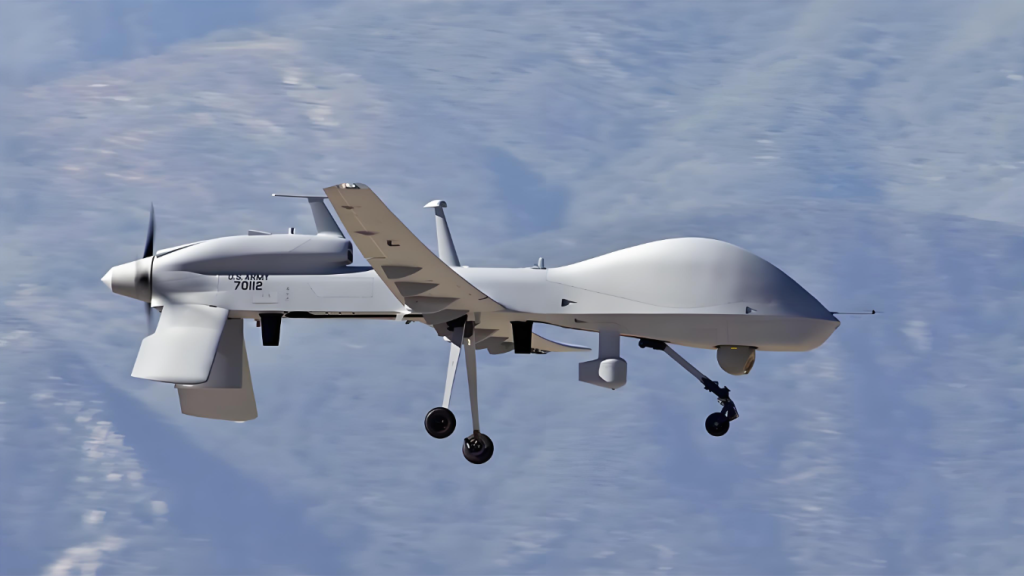Printed Circuit Boards (PCBs) play a vital role in modern defense electronics, enabling the seamless operation of critical systems such as radar, fighter jet navigation devices, and communication systems.

PCBs in Radar Systems
Radar systems are indispensable in defense for detecting and tracking targets. PCBs form the backbone of these systems, ensuring accurate signal processing and uninterrupted functionality. Key roles of PCBs in radar systems include:
- High-Frequency Signal Processing: Radar systems operate at extremely high frequencies (GHz range). PCBs designed with advanced materials such as PTFE or ceramic substrates ensure minimal signal loss and high-frequency stability.
- Real-Time Data Processing: Radar requires rapid processing of large volumes of data. Multi-layer PCBs integrate high-speed processors and memory units, enabling the radar system to process and display data in real time.
- Thermal Management: Radar systems generate significant heat during operation. PCBs with excellent thermal conductivity materials and optimized heat dissipation designs prevent overheating, ensuring system longevity and reliability.
PCBs in Fighter Jet Navigation Devices
Fighter jet navigation systems rely heavily on precise and reliable electronics, where PCBs play a critical role. Their contributions include:
- Integration of Navigation Components: Modern fighter jets use GPS, inertial navigation systems (INS), and other advanced navigation technologies. PCBs enable the seamless integration of these systems, ensuring pilots receive accurate positioning and navigation data.
- Lightweight and Compact Design: Fighter jets demand lightweight components to maintain high maneuverability. PCBs are designed to be lightweight and compact, allowing multiple electronic systems to fit within limited space while meeting stringent weight constraints.
- Vibration and Shock Resistance: Fighter jets encounter extreme vibration and shock during takeoff, flight, and landing. PCBs in navigation devices are built with rugged materials and designs to withstand such harsh conditions without affecting performance.
- Electromagnetic Interference (EMI) Shielding: Fighter jet environments are highly susceptible to electromagnetic interference. PCBs with advanced EMI shielding maintain the accuracy and stability of navigation signals, even in challenging conditions.
PCBs in Military Communication Systems
Communication is the backbone of any defense operation, requiring systems that are secure, reliable, and efficient. PCBs enhance the performance of military communication systems through:
- High-Speed Data Transmission: Military communication systems require rapid and secure data exchange. PCBs with high-speed transmission capabilities, such as fiber-optic or high-frequency PCBs, ensure stable and fast communication even in real-time battlefield scenarios.
- Signal Integrity: Communication systems need to maintain signal clarity over long distances. PCBs designed with low-loss materials and optimized layouts minimize signal distortion and ensure clear transmission and reception.
- Secure Communication: PCBs in military systems often integrate encryption and signal scrambling technologies to safeguard sensitive information. These advanced features ensure communication remains secure from interception.
- Durability in Extreme Environments: Military communication devices operate in a wide range of environments, from deserts to arctic conditions. PCBs with rugged designs and materials are resistant to temperature extremes, humidity, and corrosion, ensuring continuous operation.
PCBs are a cornerstone of modern defense electronics, supporting the functionality and efficiency of critical systems such as radar, fighter jet navigation devices, and communication systems. Their ability to handle high-frequency signals, endure extreme conditions, and deliver reliable performance makes them indispensable in military applications.
